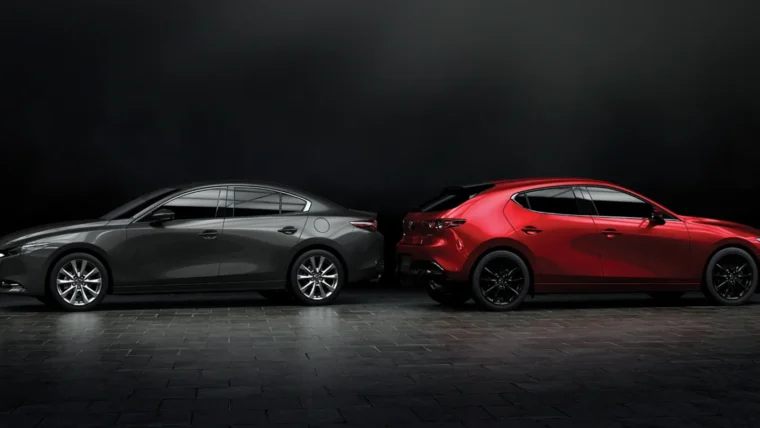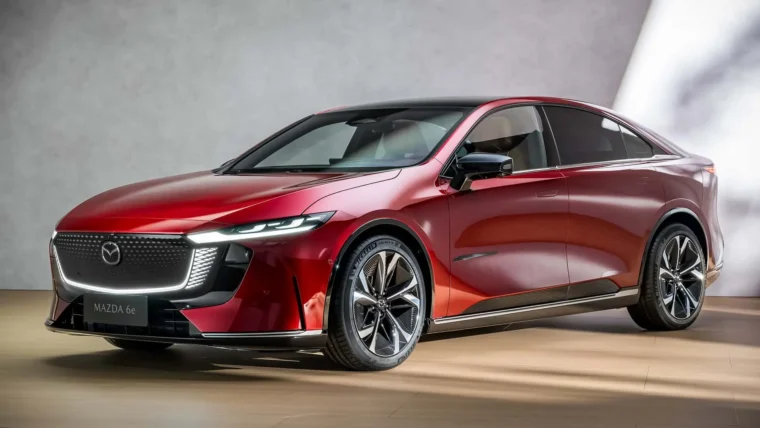In a recent poll commissioned by the Mazda Driver Project research together with Ipsos MORI, 58% believe that there is “a lot of innovation and improvement still to come with petrol and diesel engines”. The poll polled 11,008 people in Europe. Whilst electric cars are grabbing the headlines, people seem to think that there is a sliver of hope left for combustion engines.
The headline results demonstrate that consumers don’t necessarily share the view of many organisations that the internal combustion engine has no role to play in the future of cars.

This is further demonstrated by the fact that 31% of drivers “hope that diesel cars will continue to exist” as electric cars become more common with the figure rising to 58% in Poland; meanwhile, on average, 33% of drivers stated that if running costs were the same as an electric car they would “prefer a petrol/diesel car” – in Italy as many as 54% expressed this opinion.
Despite the gathering momentum behind autonomous vehicles, only 33% of drivers “welcome the advent of self-driving cars” with the number dropping as low as 25% in France and the Netherlands; against this backdrop, Mazda continues to progress its pioneering advanced safety features and Mazda Co-Pilot Concept which uses autonomous driving technologies to give drivers peace of mind at the wheel. Perhaps surprisingly, there is virtually no evidence of greater support for self-driving cars in younger age groups across Europe.

The findings arrive as Mazda ramps up its Sustainable Zoom-Zoom 2030 vision to combine the best of internal combustion engines with effective electrification technologies. Central to this ambition is SKYACTIV-X, the world’s first commercial gasoline engine to use compression ignition; this new engine combines the advantages of gasoline and diesel engines to achieve outstanding environmental performance, power and acceleration performance.
Mazda Motor Europe’s President and CEO Jeff Guyton said: “The research findings are fascinating. The whole basis of our long-running Drive Together campaign is to celebrate the sheer joy of driving, and it appears that European drivers see a long road ahead for the internal combustion engine – we are working hard to make that road an even better experience for drivers everywhere.

“We recently launched ‘Sustainable Zoom-Zoom 2030’, our long-term vision for technology development. In it, we set out how we plan to use driving pleasure to help solve issues facing people, the earth and society. In the case of greenhouse gas emissions, we believe it’s necessary to have the right solution at the right time. For us this means taking a well-to-wheel view, and therefore today’s most rational offering is a combination of internal combustion engines and electric devices which consider each market’s energy situation and power generation methods. In this context, we are determined to perfect the internal combustion engine.
“As we seek to develop new technologies we will continue to put the driver at the heart of everything we do and focus on the bond between car and driver. We call this Jinba Ittai which is the Japanese phrase used to describe the perfect harmony between the mounted archer and his horse. It is this human-centric philosophy that underpins our business and helps us create cars that bring the driver and their car closer together.

“Our aim is a motorised society free of traffic accidents. There are three main keys to realize this. First, we continue to advance safety fundamentals across our range – driving position, pedal layout, visibility and our Active Driving Display. Second, we continuously develop, update and make standard many advanced safety features such as Blind Spot Monitoring. Finally, we aim to make the Mazda Co-Pilot Concept, which uses autonomous driving technologies to allow drivers to enjoy driving with peace of mind, standard by 2025.”
Mazda believes driving is a skill that people want to keep. It is an activity that can be fun as well as functional and many would like to see this skill retained for future generations. These sentiments are certainly evident in the research results which showed a significant emotional connection between car and driver. For example, an average of 69% of drivers “hope that future generations will continue to have the option to drive cars” – the figure is as high as 74% in Poland and 70% or higher in the UK, Germany, France and Sweden.
Other posts by Mark Leo







